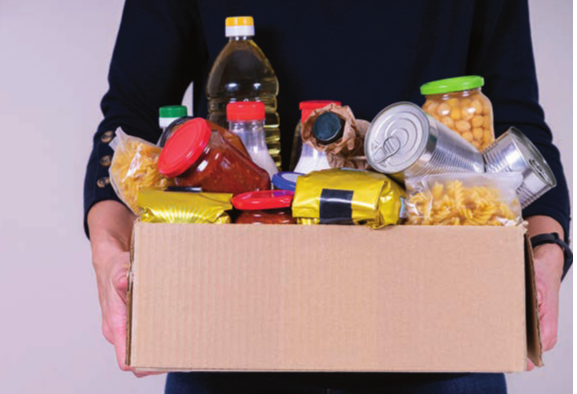The New Hampshire Food Bank has partnered with the state Department of Health and Human Services to help increase Supplemental Nutrition Assistance Program enrollment across the Granite State.
SNAP is a federal program designed to fight food insecurity by providing funds to lower income families to use for food purchases.
Currently, close to 40,000 households in the state are enrolled in SNAP, but the Food Bank estimates that 7% of residents still experience food insecurity.
The two organizations are working to dissolve some misconceptions around SNAP benefits in the hopes of increasing enrollment. SNAP benefits are available to anyone who is eligible, regardless of their employment status.
“We are pleased to partner with DHHS to increase SNAP enrollment to ensure families and individuals statewide have the resources they need,” said Eileen Liponis, executive director of the New Hampshire Food Bank.
“Eliminating hunger in New Hampshire is our central mission, and beyond distributing nutritious food to households in need across the state through our network of more than 400 partner agencies, our approach is to tackle the root causes of hunger. We are working directly with DHHS to create and implement a strategic outreach plan to raise awareness for SNAP in all corners of the state.”
In addition to developing educational materials, especially for those living in rural areas, the Food Bank will work with community partners and stakeholders, including family practitioners, health care clinics, veteran service providers, community action agencies, housing authorities and other local service providers and leaders, to raise awareness for SNAP and to direct individuals and families accordingly.
“Access to healthy food is critical to good health, and we are thrilled to partner with the New Hampshire Food Bank to address food insecurity across the state,” said DHHS Commissioner Lori Weaver. “We encourage any resident who is struggling to put food on their table to apply for SNAP, even if they think they won’t be eligible. The best way to find out is to apply.”
“We’re leaving no stone unturned in our efforts to reach those in need,” Liponis continued. “We are calling on individuals, advocates, community health workers, social service staff and food system advocates across the state to help spread awareness and to encourage eligible individuals to apply.”
In 2022, the Food Bank procured and provided more than 16 million pounds of non-perishable food items, fresh produce and meats to more than 400 nonprofit food agencies across the state.